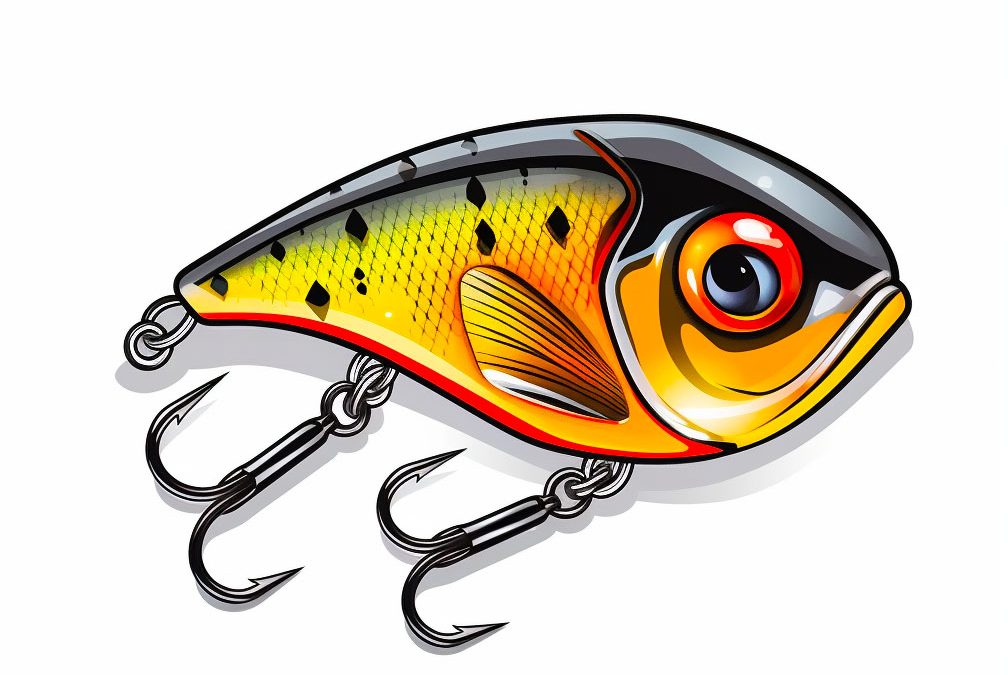As a seasoned bass fisherman, I have tried countless techniques and lures over the years. However, crankbait fishing has always been one of my favorite methods for catching bass. With the right technique and equipment, crankbaits can be incredibly effective in luring in those elusive and trophy-worthy fish. In this comprehensive guide, I will share my knowledge and insights on crankbait fishing for bass, including choosing the right crankbaits, fishing techniques, and common mistakes to avoid.
Understanding Different Types of Crankbaits
The first step in mastering crankbait fishing is to understand the different types of crankbaits available. Of course, not all crankbaits are created equal, so it’s important to understand the differences in diving depth, lip size, body shape and size, and color and pattern.
Diving Depth:
One of the most important aspects of a crankbait is the diving depth. When choosing a crankbait, it’s important to think about the depth at which you will be fishing. If you are going to fish in shallow water, you will want a crankbait that runs at a shallower depth. On the other hand, if you are going to be fishing in deeper water, you will need a crankbait that can dive to those greater depths. Ultimately, the goal is to find a crankbait that will run at the depth where the bass are currently feeding.
Lip Size:
The lip of a crankbait determines how deep it dives and how much it wobbles in the water. Generally speaking, the larger the lip, the deeper the crankbait will dive. However, the larger lip will also create more resistance in the water, making it harder to reel in. It’s important to match the lure to the conditions and the feeding patterns of the bass.
Body Shape and Size:
The shape and size of the crankbait’s body also play a crucial role in attracting fish. Some crankbaits are designed to imitate small minnows, while others mimic larger prey, such as crawfish or shad. In general, smaller crankbaits are better for fishing in clear water, while larger crankbaits are better for murky water or when bass are feeding on larger prey.
Color and Pattern:
The color and pattern of a crankbait are also important factors to consider. The lure’s color should match the natural prey in the area you are fishing. If the water is clear, choose a more natural color, such as silver or gold. If the water is murky, try a brighter or darker color to attract the fish. Additionally, the pattern or paint design on the crankbait can give it a more realistic appearance.
Some Of The Different Types Of Crankbaits
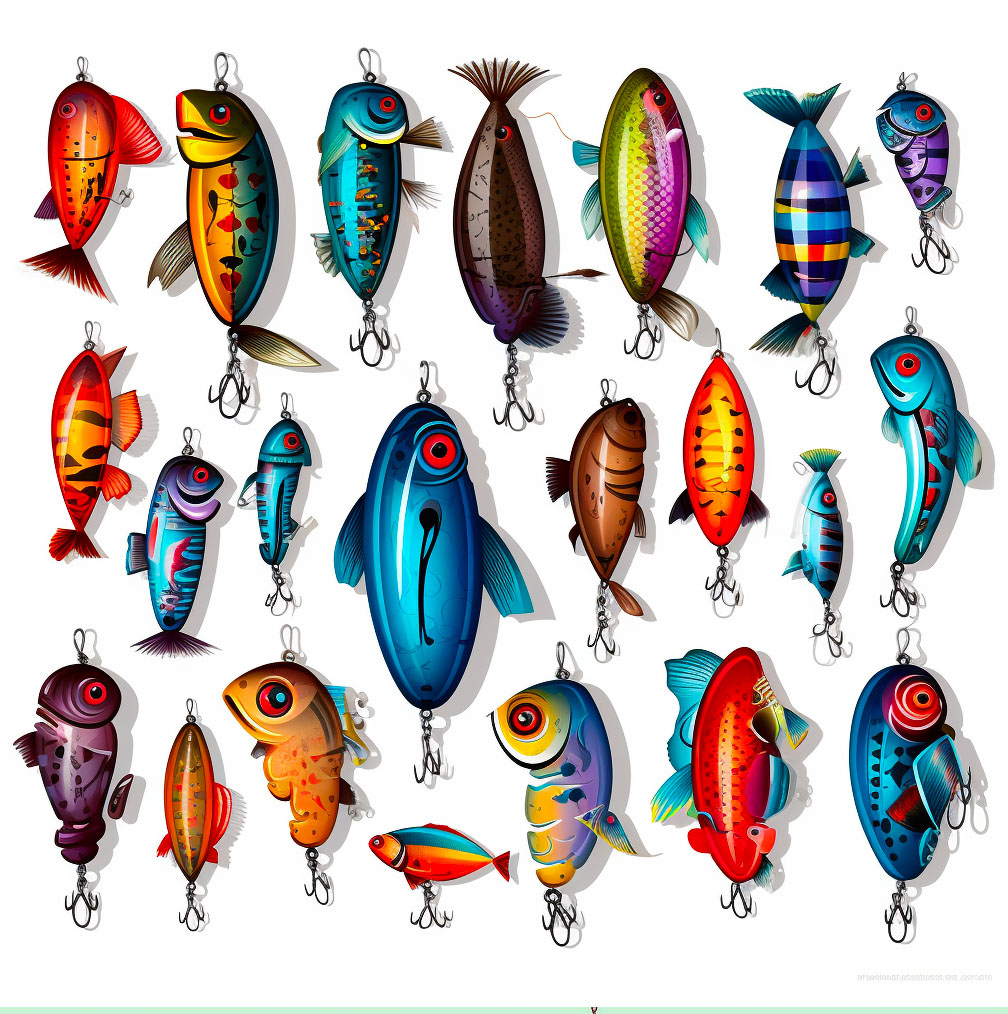
- Square Bill Crankbaits – These crankbaits are known for their square-shaped lip which makes them deflect off cover easily. They are excellent for working around shallow water and cover, especially in the early spring.
- Deep Diving Crankbaits – These are designed to dive deep and target fish in deeper waters. They have a longer lip that allows them to reach depths of up to 20 feet. They are great for targeting bass and other predatory fish in deep lakes or rivers.
- Lipless Crankbaits – As the name suggests, these crankbaits do not have a lip, but they come with different shapes and sizes that provide unique movement underwater. They emit a vibrating sound and are useful for fishing in weeds or grassy areas.
- Jointed Crankbaits – These crankbaits have multiple joints that allow them to have a lifelike swimming action. When retrieved, they swim in a snakelike motion which can entice fish into striking.
- Rattling Crankbaits – These crankbaits have small balls or pellets inside that move around and create a rattling sound underwater. The sound attracts fish and increases the chances of a strike.
- Shallow Diving Crankbaits – These are designed to dive no deeper than five feet, making them excellent for shallower waters, such as streams or small lakes.
- Floating Crankbaits – These crankbaits are designed to float on the surface of the water, making them perfect for topwater fishing. They work best for targeting fish that are feeding near the surface.
- Sinking Crankbaits – These crankbaits are designed to sink quickly to the bottom of the water. They are usually used to target fish that are found near the bottom, such as walleye, pike, and musky.
- Coffin Bill Crankbaits – These crankbaits have a coffin-shaped lip that provides a unique darting action underwater. They are quiet when retrieved and can be used to target fish in both clear and murky waters.
- Minnow Crankbaits – These are designed to mimic the natural swimming motion of a minnow. They are versatile and can be effective in a variety of fishing scenarios.
In summary, there are several different types of crankbaits, each with unique features and properties. Understanding the different types of crankbaits and their applications can help you choose the right one for your fishing needs.
Choosing the Right Crankbait
Once you understand the different types of crankbaits, you need to choose the right lure for your specific situation. This means matching the lure to the conditions, understanding the bass’s behavior, and choosing the right color and pattern.
Matching the Lure to the Conditions:
The first thing to consider when choosing a crankbait is the water conditions. If the water is clear, choose a lighter color and a more natural-looking lure. If the water is murky, choose a darker, more brightly colored lure to help catch the fish’s attention. Additionally, if the water is very cold, you may want to choose a smaller crankbait to better match the slow movement of prey in the water.
Understanding the Bass’s Behavior:
When choosing a crankbait, it’s important to understand the feeding patterns and behavior of the bass. For example, if the bass are feeding on shad, choose a crankbait that mimics their color and movement. Additionally, if the bass are feeding in shallow water, choose a crankbait that can run at that depth. The key is to choose a lure that best imitates the natural prey in the area where you are fishing.
Choosing the Right Color and Pattern:
The color and pattern of the crankbait are also important considerations. It’s important to choose a lure that best resembles the natural prey in the area where you are fishing. Choose a color that is closest to what the prey would look like in the water. If you’re not sure what color to choose, look around the area and try to match the colors of the rocks, vegetation, or other natural features.
Fishing Techniques
Once you have chosen the right crankbait, it’s time to focus on the fishing techniques that will help you catch the most bass.
Retrieval Techniques:
Retrieval techniques are an essential part of crankbait fishing. One of the most effective techniques is the “stop and go” method. This involves casting the crankbait out and then retrieving it in short bursts of speed, stopping occasionally to let it float and sink before reeling it in again. This technique imitates the movement of natural prey in the water and can be very effective in attracting bass.
Casting Techniques:
When casting a crankbait, it’s important to land it in the right spot. Practice casting so that you can hit the exact spot where the bass are feeding. Try to land the lure just past your target and then retrieve it so that it passes over the feeding area. This will give the bass a chance to see the lure and strike it.
Identifying Potential Spots:
To catch the most bass, you need to identify the best spots for crankbait fishing. Look for areas where the bass are feeding, such as near rocks or vegetation. Additionally, man-made structures like docks or bridges can also be good spots to fish. Pay attention to the water conditions and the feeding patterns of the bass to help narrow down the best spots.
Crankbaits By Season
As someone who has spent countless hours on the water, I know that using crankbaits can be a successful method for fishing in any season. Here are my tips for fishing crankbaits in each season, including winter, prespawn, spawn, post spawn, summer, and fall.
Winter
When fishing in the winter, it’s essential to slow things down. As the water temperature drops, the metabolism of the fish slows down as well. This means that the fish are less likely to chase a fast-moving bait. When using crankbaits, choose smaller sizes and slow down the retrieve speed. Look for deeper water with structure, as the fish will often be holding in these areas.
Prespawn
As the water begins to warm up in the prespawn season, the fish become more active. Look for the transition areas between shallow and deep water, as well as areas with cover such as stumps or brush piles. Use medium-sized crankbaits with a moderate retrieve speed. Experiment with different colors, as the fish may have different preferences depending on the water clarity.
Spawn
During the spawn, the fish are focused on protecting their nests. Look for shallow water with cover, such as weeds or rocks. Use smaller-sized crankbaits with a slow retrieve speed, and try to mimic the movement of the baitfish that the fish are feeding on.
Post Spawn
After the spawn, the fish are recovering and feeding heavily. Look for areas with a lot of baitfish present, such as points or drop-offs. Use medium-sized crankbaits with a fast retrieve speed to imitate the fleeing baitfish. Try using natural colors, as the fish are often more selective during this time.
Summer
During the summer, the water temperature is at its warmest and the fish are more active. Look for weed beds or other forms of structure in deeper water. Use larger-sized crankbaits with a fast retrieve speed to cover a lot of water quickly. Experiment with brightly colored crankbaits or those with a lot of flash to attract the fish’s attention.
Fall
As the water temperature begins to cool down in the fall, the fish start to feed heavily to prepare for the winter. Look for transition areas between shallow and deep water, as well as areas with current. Use medium-sized crankbaits with a moderate retrieve speed. Experiment with natural-colored baits or those with a muted, earthy tone.
In conclusion, fishing with crankbaits can be a successful method in any season if you know where to look and what to use. Remember to start slow in the winter and gradually increase your speed as the water warms up. Always pay attention to the fish’s behavior and adjust your techniques accordingly. With these tips, you’ll be a crankbait fishing pro in no time!
Where To Fish Crankbaits

As an avid angler, I have spent countless hours experimenting with different types of fishing lures and techniques. And after years of trial and error, I have found that there is nothing quite like fishing with crankbaits.
Crankbaits are versatile lures that can mimic the movement of baitfish, crayfish, and other food sources for predatory fish. They come in a variety of shapes, sizes, and colors, each designed to attract a specific type of fish.
But as with any fishing lure, the spot where you fish your crankbait is just as important as the type of bait you use. So without further ado, here are the best spots to fish crankbaits.
Rocks and Riprap
One of the most productive places to fish crankbaits is around rocky structures such as jetties, dams, and riprap banks. These areas provide perfect habitat for small baitfish, which makes them a prime hunting ground for predatory fish like bass, walleye, and pike.
The key to fishing crankbaits around rocks is to let the lure hit the bottom and then reel it back in a slow and steady retrieve. The erratic movement of the lure bouncing off the rocks mimics the natural behavior of baitfish, triggering a predatory response from lurking fish.
Drop-offs and Points
Another great spot to fish crankbaits is along drop-offs and points in the water. These areas are transition zones where shallow water suddenly drops off into deeper water, creating a natural habitat for baitfish to congregate.
To fish crankbaits along drop-offs and points, cast your lure parallel to the shoreline and work it back in a gradual slope towards deeper water. The key is to keep the lure in the strike zone as long as possible, so make sure to adjust your retrieve speed accordingly. You never know what kind of fish might be lurking in these deeper waters waiting to strike.
Grass Beds
Grass beds are another prime location to fish crankbaits, as they provide shelter and food to small baitfish. Look for areas with submerged aquatic vegetation like hydrilla, milfoil, and coontail, and fish your lure around the edges of the weeds.
The key to fishing crankbaits in grass beds is to keep your lure above the vegetation, so make sure to select a shallow diving bait that won’t get snagged in the weeds. A steady retrieve with occasional pauses will allow your lure to move through the grass with a natural wobbling motion, enticing even the most selective fish to bite.
Structure
Structure is another important factor when fishing crankbaits. Fish tend to congregate around underwater structure like stumps, logs, and brush piles, using them as cover and ambush points to prey on small baitfish.
To fish crankbaits around underwater structure, cast your lure past the target and work it back towards the target with a stop-and-go motion. Vary your retrieve speed and use occasional pauses to make the lure look as natural as possible, enticing fish to strike.
Wind-blown Shores
On windy days, fish tend to congregate near shorelines that are being buffeted by the wind and waves. This creates a situation where baitfish are pushed towards the shore, making them easy targets for predatory fish.
To fish crankbaits on wind-blown shores, cast your lure perpendicular to the shore and work it back in a steady retrieve. The key is to keep the lure in the strike zone for as long as possible, so adjust your retrieve speed and depth accordingly.
Bridge Pillars
Finally, bridge pillars and piers are another great spot to fish crankbaits. These structures create currents and eddies that attract small baitfish, making them a prime location for predatory fish like catfish, striped bass, and musky.
To fish crankbaits around bridge pillars, cast your lure a few feet upstream from the pier and let the current carry it towards the target. Use a slow and steady retrieve, occasionally pausing the lure to let it bob and wobble in the current. You never know what kind of monster fish might be hiding in the shadows beneath the bridge.
Final Thoughts
In conclusion, fishing with crankbaits can be a thrilling and rewarding experience, but it’s important to choose the right spot to fish your lure. By targeting rocky structures, drop-offs, grass beds, structure, wind-blown shores, and bridge pillars, you increase your chances of catching a trophy fish. So next time you’re out on the water, give these spots a try and see if you can land the fish of a lifetime.
Tips for Effective Crankbait Fishing
To become a master at crankbait fishing, there are a few tips that you need to keep in mind.
Using the Right Equipment:
The right equipment is essential for successful crankbait fishing. Choose a rod and reel that are specifically designed for crankbait fishing. You want a rod that is sensitive enough to feel the vibrations of the lure, but strong enough to handle a big catch. Additionally, choose fishing line that is strong enough to handle the big fish you are hoping to catch.
Staying Patient:
Patience is key to effective crankbait fishing. It can take time to find the right spot and the right lure that will attract the bass. Don’t give up too quickly. Keep trying different techniques and lures until you start to get bites.
Experimenting with Different Types of Crankbaits:
Don’t be afraid to experiment with different types of crankbaits. Try different sizes, colors, and patterns until you find the perfect lure for the conditions. Additionally, try different retrieval techniques to see what works best for the fish in your area.
Common Mistakes to Avoid when Crankbait Fishing
Despite your best efforts, there are a few common mistakes that can sabotage your crankbait fishing. Here are a few to avoid.
Wrong Gear Selection:
Choosing the wrong gear can make it difficult to catch fish. Make sure you have the right equipment for the conditions, including the right rod, reel, and line.
Unnecessary Movements:
One of the biggest mistakes you can make when crankbait fishing is to make unnecessary movements. This can include jerking the lure too much or reeling it in too fast. The key is to imitate the natural movement of the prey in the water and to avoid making any sudden movements that will scare the fish away.
Ignoring the Nuances of the Gear and Technique:
Finally, it’s important to pay attention to the nuances of the gear and the technique. Each type of crankbait requires a different technique and different equipment to be used effectively. Additionally, make sure you are using the right fishing line for the size and type of lure you are using.
Conclusion
Crankbait fishing for bass can be incredibly rewarding, but it takes patience and a good understanding of the different types of crankbaits available, choosing the right lure for the conditions, and mastering the different fishing techniques. With the right equipment, technique, and a little bit of luck, you can catch the trophy-worthy bass of your dreams. So, get out there and start crankbait fishing. Happy fishing!
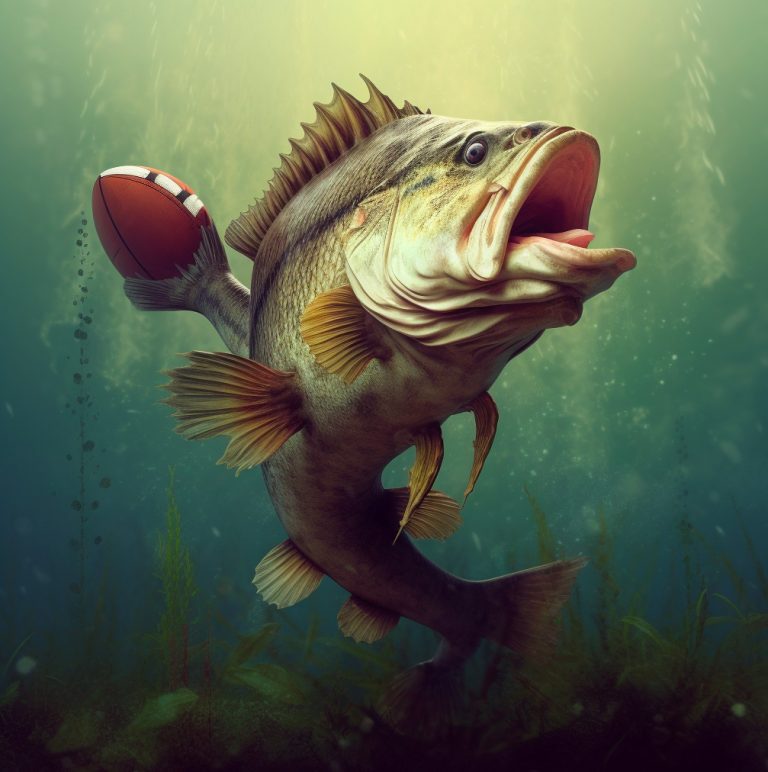
Best Rod, Reel and Line For Football Jigs
Introduction As I sit here on the shores of my favorite fishing spot, I can’t help but feel perplexed by the amount of gear that fishermen bring with them. Every angler seems to have their own unique setup, from rods to reels to lines. And while I appreciate the variety, it also begs the question […]
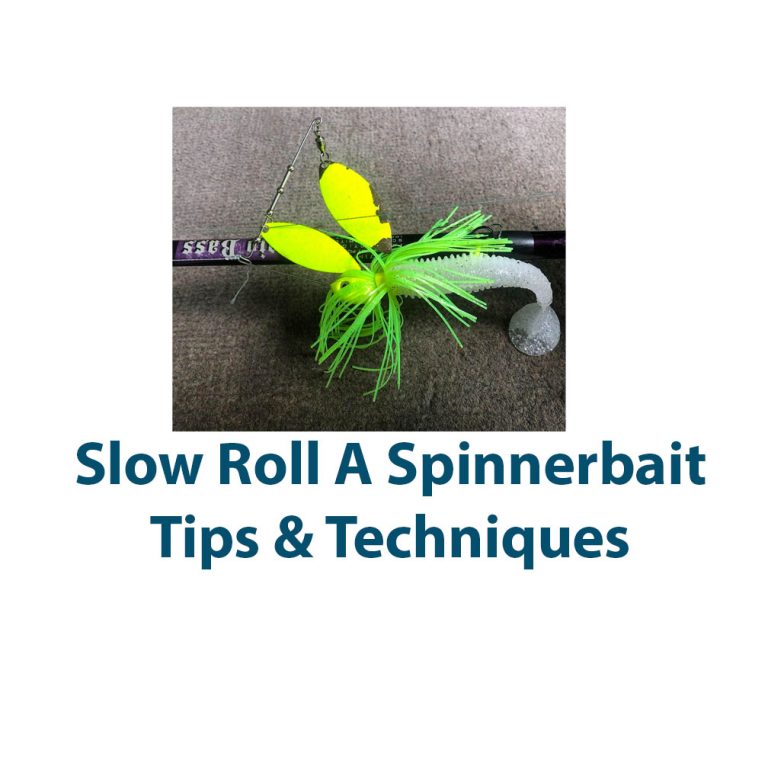
Slow Rolling A Spinnerbait
Slow Rolling A Spinnerbait: A Comprehensive Guide I enjoy fishing a lot, and I’ve experimented with a variety of methods and equipment to get the best catches. Slow rolling a spinnerbait is a method that has regularly worked for me. Using this method, the bait is brought up slowly and steadily so that it can […]
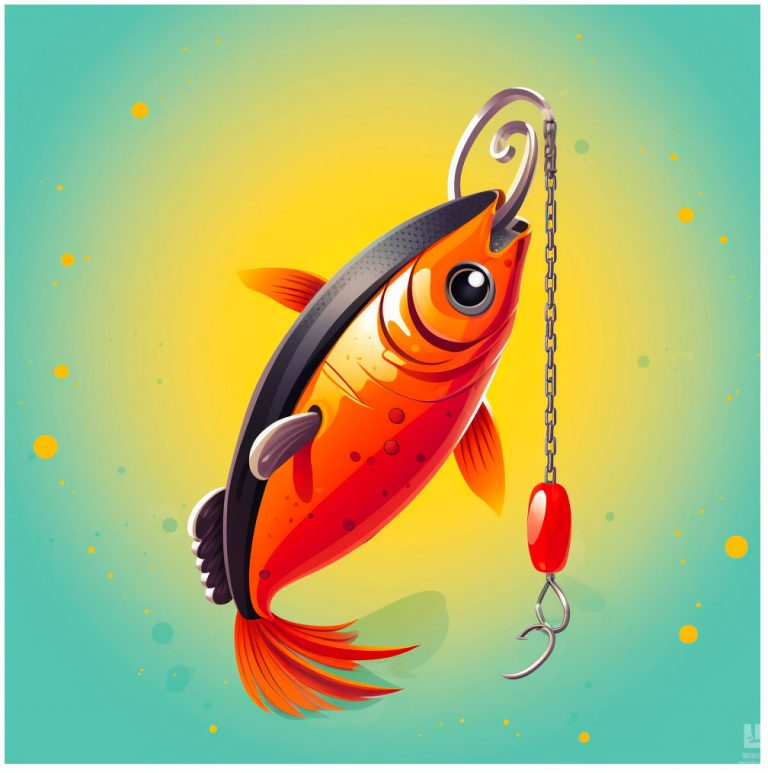
Fishing Carolina Rigs For Bass: The Highly Effective Ball And Chain
This article is going to cover fishing Carolina rigs for bass. Fishing is a beloved activity that people all around the world enjoy. However, there’s always a way to improve upon the experience. One of the ways is to use Carolina rigs when you’re fishing for bass. Carolina rigs are a fantastic way to catch […]
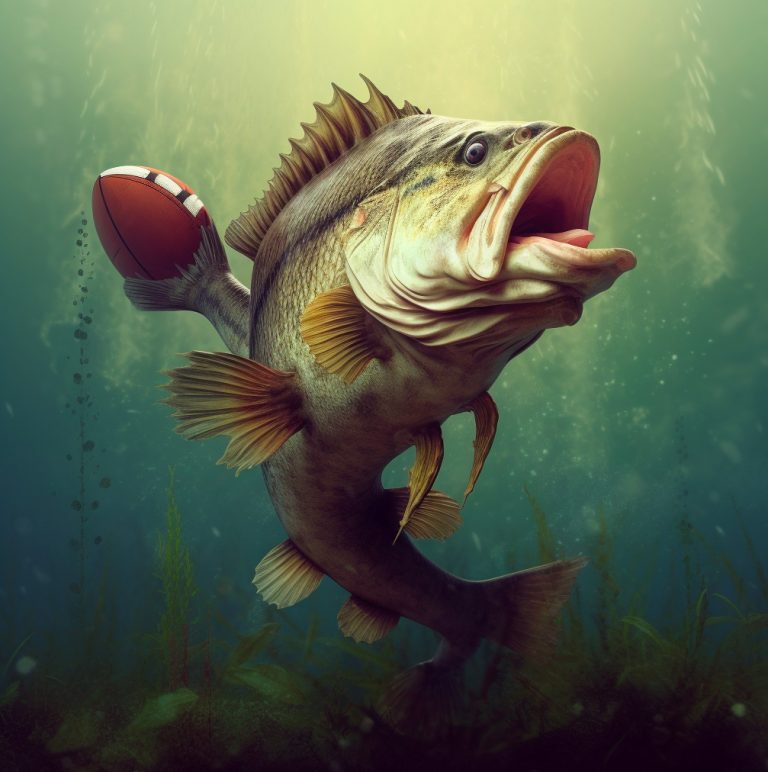
A Guide To Football Jigs For Bass
Introduction As a lifelong angler, I’ve tried my hand at countless types of fishing for different species. But when it comes to fishing for bass, there’s one technique that has stood out above the rest: using football jigs. At first, I was skeptical. The jigs didn’t look like they had much action in the water […]
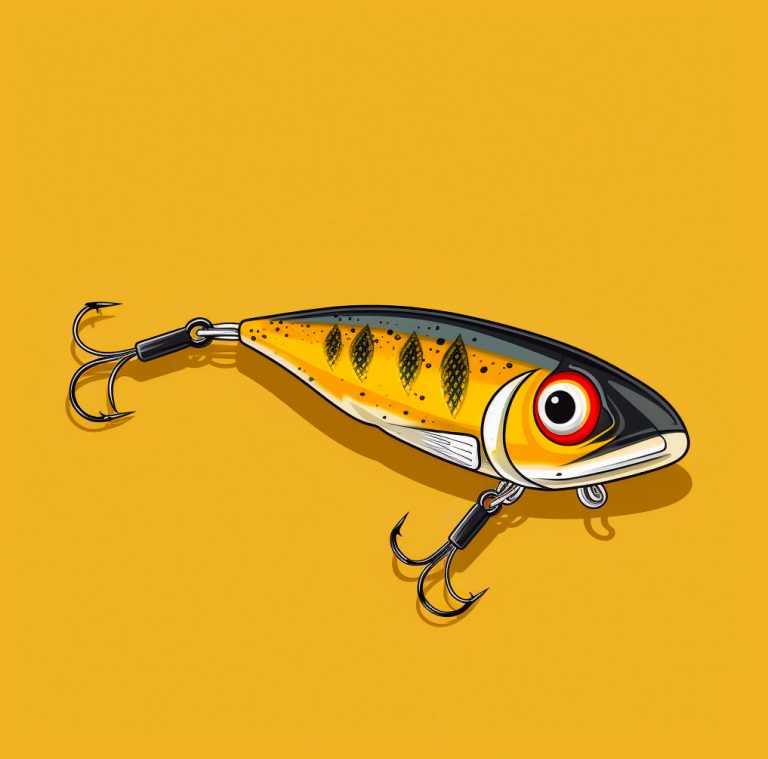
Jerkbaits For Bass: For Quality And Numbers
As an avid bass angler, I’ve tried all sorts of lures over the years. But there’s one type of bait that has consistently produced results for me – jerkbaits. These versatile lures have become a mainstay in my tackle box and are my go-to choice when targeting bass. In this comprehensive guide, I’ll share everything […]

Jerkbaits in Every Season For Bass
Hey there, my fellow fishing enthusiasts! Are you tired of using the same old baits all year round? Well, today we’re going to talk about something that will spice up your fishing game – jerkbaits! And not just any jerkbaits, but jerkbaits that you can use in every season for bass fishing. I know, I […]

